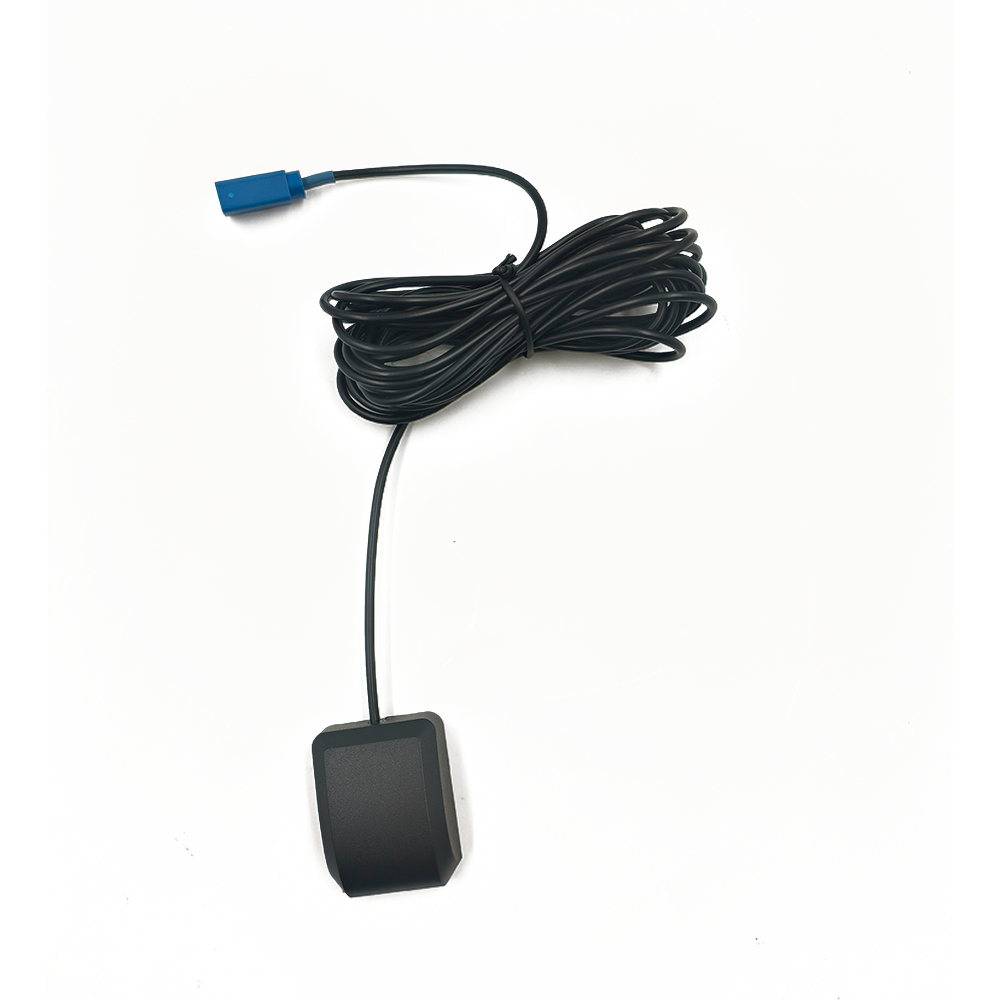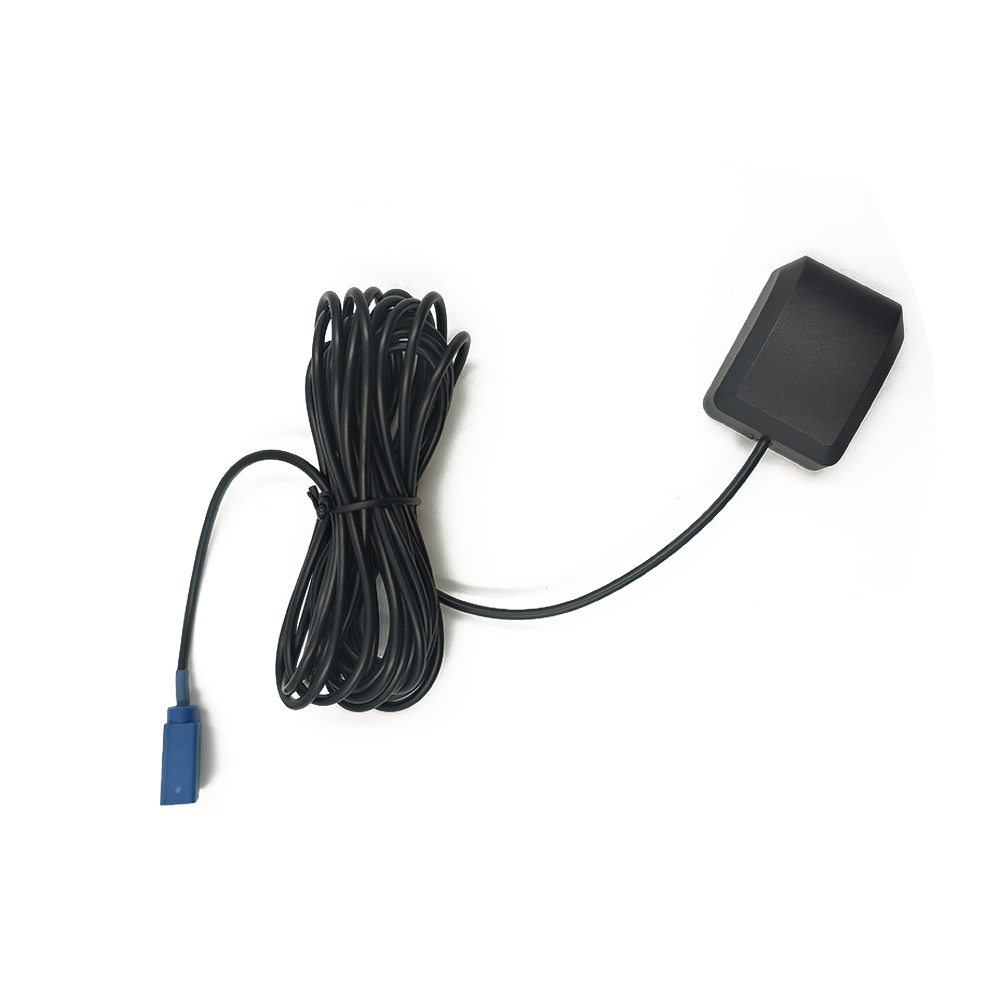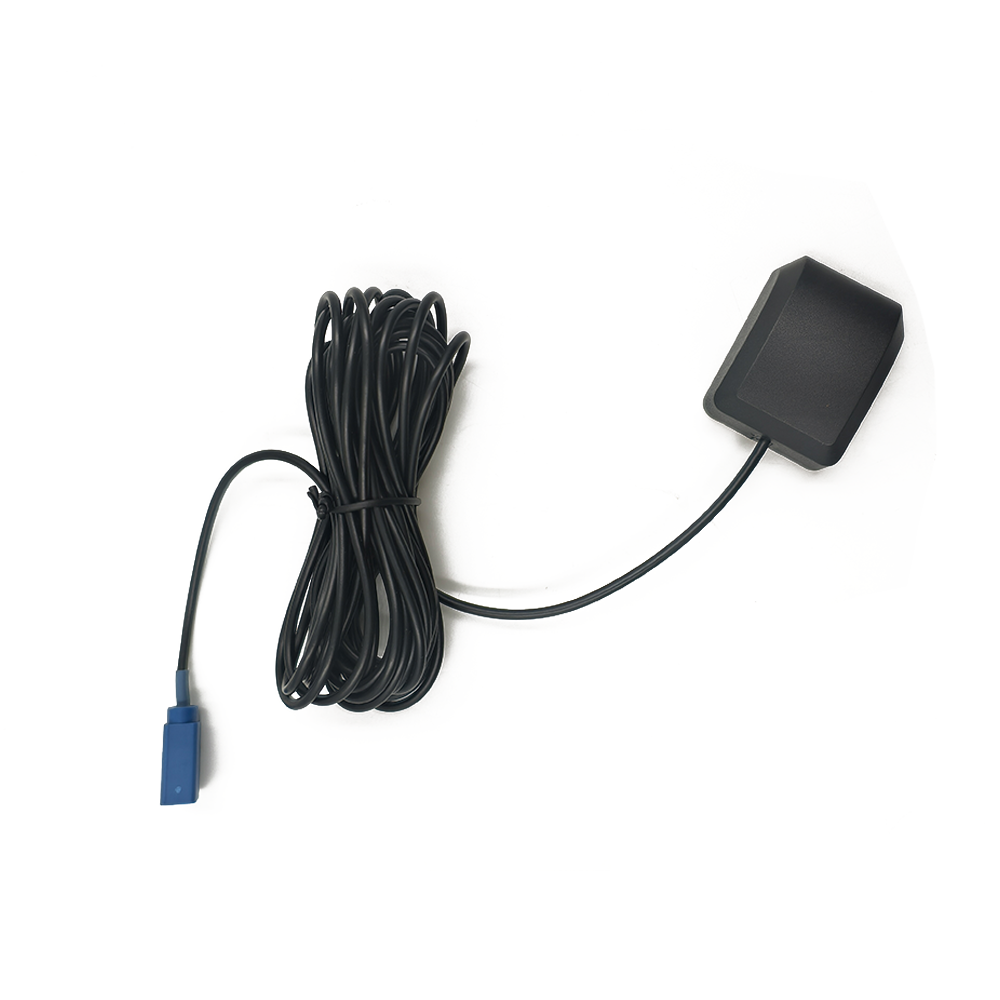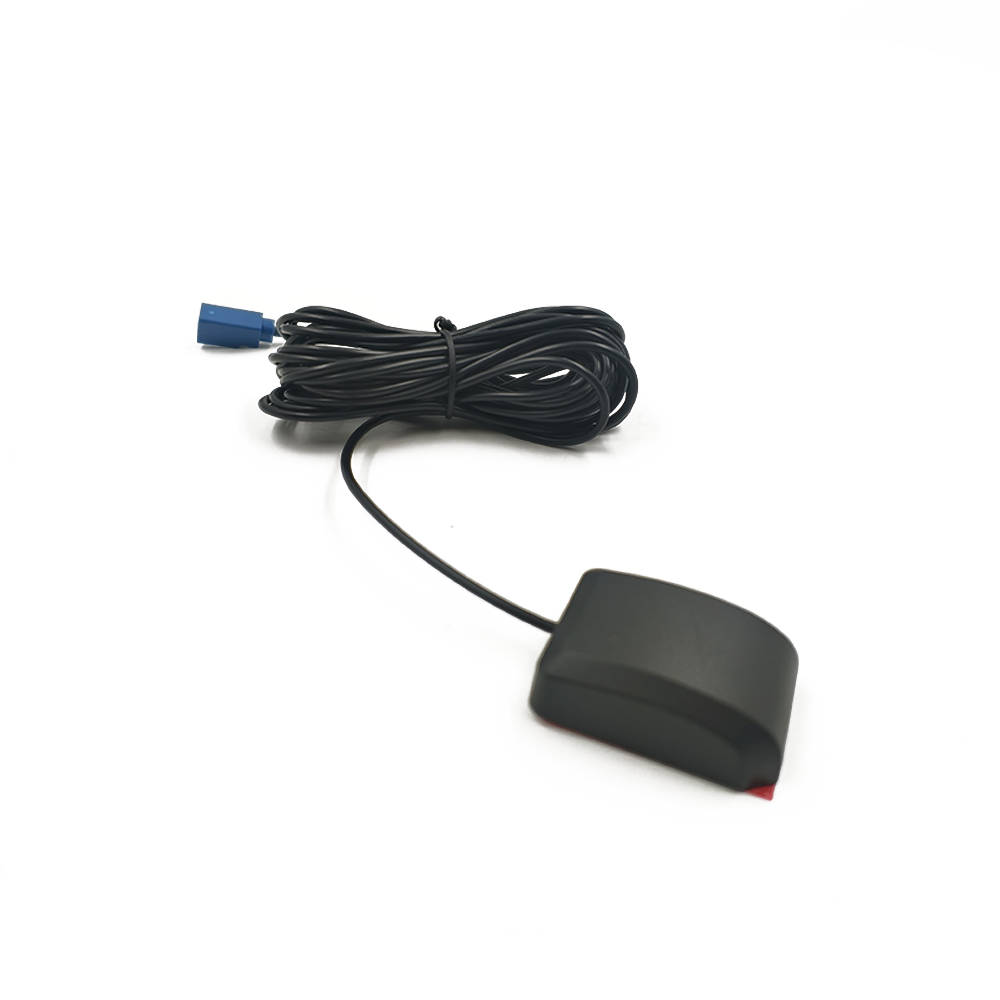The application of GNSS antenna data in fleet management has moved far beyond simple "dots on a map." The reliable, high-fidelity location data provided by a superior antenna serves as the trigger, enabler, and validator for a vast array of sophisticated applications. Concurrently, antenna technology itself is evolving to meet the demands of future trends in automation and connectivity.
Core and Advanced Applications:
Real-Time Operational Visibility: This is the foundational application. Dispatchers and managers see the real-time location of all assets, enabling proactive customer service (providing accurate ETAs), dynamic reassignment of resources based on traffic or new orders, and efficient coordination.
Advanced Driver Assistance Systems (ADAS) and Safety: GNSS data is fused with onboard sensors (cameras, radar) to enable safety features like:
Harsh Event Detection: Precisely locating where harsh braking, acceleration, or cornering occurred for targeted coaching.
Collision Reconstruction: Providing definitive location and speed data in the event of an accident.
Curve Speed Warning: Using precise location to alert drivers if they are approaching a known sharp curve too quickly.
Predictive Maintenance and Logistics: Location data is correlated with other vehicle data. For example, identifying that a vehicle has been operating in a region with extreme temperatures or rough terrain can trigger early maintenance alerts. It also enables precise mileage-based maintenance scheduling.
Regulatory Compliance (ELD Mandate): In regions like the US and Canada, Electronic Logging Devices (ELDs) are mandated to record driving hours. The GNSS antenna provides the precise location and movement data that automatically transitions a driver's status between "Driving," "On-Duty Not Driving," and "Off-Duty," ensuring compliance with Hours of Service (HOS) rules.
Theft Recovery and Cargo Security: Integrated with security systems, the antenna enables continuous tracking of a vehicle or asset if stolen. Geofences can trigger immediate alerts if a vehicle leaves a designated area without authorization, enabling a rapid response.
Insurance Telematics (Usage-Based Insurance - UBI): insurers use data on how, where, and when a vehicle is driven to calculate personalized premiums. Accurate location data is crucial for assessing risk based on driving routes (e.g., high-crime areas, high-traffic zones).
Future Trends Shaping GNSS Antenna Development:
The Advent of Automotive Autonomy (L4/L5): While full autonomy is a long way off for most fleets, advanced levels of driver assistance are already here. These systems require ultra-reliable, high-integrity, and centimeter-level accurate positioning. This is driving the development of antennas that can receive dual-frequency signals (L1 + L5) and support Real-Time Kinematic (RTK) or Precise Point Positioning (PPP) correction services. These antennas must have extremely stable phase centers and minimize multipath to an unprecedented degree.
V2X (Vehicle-to-Everything) Communication: The future of transportation involves vehicles communicating with each other (V2V), infrastructure (V2I), and networks (V2N). Precise, reliable, and trustworthy location data is the bedrock of V2X applications. Antennas will need to be integrated with other V2X communication antennas (DSRC/C-V2X) in multi-functional arrays, managing coexistence and interference.
Multi-Sensor Fusion and Dead Reckoning: To overcome GNSS dropouts, future telematics systems will more deeply fuse GNSS data with inertial measurement units (IMUs), wheel tick sensors, and camera data. The antenna will remain the primary source of truth, but its data will be seamlessly blended with other sensors to provide continuous positioning even in tunnels and urban canyons.
Anti-Jamming and Anti-Spoofing (AJA) Technologies: As the threat of jamming and spoofing grows, we will see the integration of advanced RF-level solutions directly into antenna designs. This includes controlled reception pattern antennas (CRPAs) that use multiple elements to form nulls in the direction of jammers, effectively "looking away" from the interference source.
Integration and Miniaturization: The trend is towards smaller, more integrated form factors. We will see more " combo antennas" that package GNSS with cellular (4G/5G), Wi-Fi, and Bluetooth in a single radome, simplifying installation and reducing the aesthetic impact on the vehicle.
Cloud-Based Corrections and SW-Defined Receivers: The processing power is moving to the cloud. Antennas will need to deliver raw signal data to telematics devices that can package and send it for sophisticated cloud-based processing, returning ultra-precise positions. This requires antennas with even broader bandwidth and linearity to preserve all signal information.
The future of the fleet GNSS antenna is not as a standalone component but as a key sensor in a complex, connected, and automated ecosystem. Its evolution is geared towards providing more precise, more reliable, more secure, and more integrated positioning data, forming the unshakable foundation upon which the future of intelligent fleet management and transportation will be built.
Conclusion
In the intricate and data-driven world of modern fleet management, the GNSS antenna stands as a testament to the principle that the quality of output is fundamentally constrained by the quality of input. It is the critical, albeit often invisible, sentinel perched upon the vehicle, perpetually scanning the skies for the faint whispers of satellites. This series has detailed its journey from a simple signal receptor to a sophisticated, ruggedized, and intelligent component at the heart of telematics systems.
The overview established the antenna's role as the essential gateway, the first and most vital link in the data chain. The deep dive into its design and construction revealed the remarkable engineering prowess required to balance electromagnetic precision with mechanical resilience—from the meticulously calculated patch element and the ultra-sensitive LNA to the weatherproof, RF-transparent radome. The explanation of its working principles demystified how this piece of hardware captures and conditions signals from space, enabling the receiver's complex mathematical trilateration to transform time delays into a precise earthly location.
We have further explored the tangible advantages this technology delivers: unparalleled accuracy, enhanced reliability in challenging environments, faster positioning, and robust resistance to interference. These benefits directly translate into lower operational costs, improved safety, regulatory compliance, and enhanced customer service. Yet, we also acknowledged the immutable challenges it faces—multipath, signal blockage, and intentional jamming—reminders that the technology operates within the constraints of physics and a sometimes hostile RF environment.
The applications section illustrated how high-quality location data is the catalyst for innovation, fueling everything from real-time visibility and advanced safety systems to predictive maintenance and usage-based insurance. Finally, a look at future trends confirmed that the evolution of the GNSS antenna is far from over. It is rapidly adapting to meet the staggering demands of autonomous driving, V2X communication, and cloud-based processing, integrating anti-jamming technologies and becoming part of multi-functional arrays.
In conclusion, to view the GNSS antenna as a mere accessory is to profoundly underestimate its value. It is a cornerstone technology. The decision to equip a fleet with high-performance, dedicated GNSS antennas is an investment in data integrity. In an industry where margins are thin and efficiency is paramount, the clarity of vision provided by a superior antenna is not a luxury; it is a strategic imperative. It is the indispensable sentinel that ensures a fleet is not just moving, but moving intelligently, safely, and efficiently towards its goals.




































































 Language
Language
 En
En Cn
Cn Korean
Korean

 Home >
Home > 








 18665803017 (Macro)
18665803017 (Macro)













